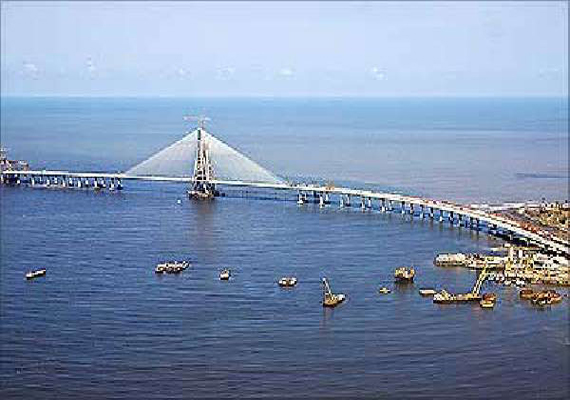
Ashiana Umang gets B Rating
Track2Realty Investment Magnet Report 2015 picks up 100 best housing…

Track2Realty Investment Magnet Report 2015 picks up 100 best housing…

As the Union Budget 2016-17 draws closer, India’s real estate…

“I am reading these newspaper reports about the real estate sector demanding so many things with the Union Budget. Most of these demands are for their financial health than understanding the market from common homebuyers’ perspective like us. Do we matter at all in this eco system where neither the government nor the developers understand what keeps us away from the property market,” says Shweta Sanyal, an advertising professional in Mumbai.

For achieving 10% growth, India’s domestic economy needs to attract added investor interest, including that of overseas funds. Increased levels of foreign investments would be welcome for the Government’s recently launched “Make in India” initiative as well.

Embassy Residency is a project that has weathered many challenges since inception – right from legal issues to the perception issue of being a low lying area – and yet it is shaping up quite decent. It is in South Chennai and primarily meant for the people employed in IT corridor.

This is one of those projects that can elevate the attraction quotient of the location. Based on the Mediterranean theme, this 36 acres township has the kind of amenities that could make any developers’ marketing brochure a temptation to buy.

Despite slowdown, Mumbai remains the most lucrative investment destination in India, says the second edition of Knight Frank India Residential Investment Advisory Report 2016.

A few may have succeeded but most of the developers have failed to position themselves right during the slowdown. In the process Track2Realty finds that the brand realty has taken a severe beating, losing the trust of both the end-users and the investors. The brand positioning that differentiates between the two different realty companies is today negligible with developers’ focus to sell. That, unfortunately, is not working for them and commanding premium over the brand reputation today is a far cry. Our team speaks to a cross section of developers, analysts and brand experts who may differ with each other but nearly all agree that sector has to come out of the Catch 22 situation.

From being the governance wild child to maturing into a market influencer, India’s real-estate sector has transformed in the past decade, with a paradigm shift from family owned businesses to corporates along with a few companies listing on stock exchanges. The change began with the government opening doors to Foreign Direct Investment (FDI) in 2005 and then welcoming the next wave of stability as corporate houses brought image restoration for the sector. Led by corporate entities, realty companies soon adopted corporate governance wherein transparency began to trickle down into the system as a norm slowly.

The idea of creating a new city as a counter magnet to Mumbai was originally envisaged in the Regional Plan of Mumbai Metropolitan Region (MMR) in 1965. The actual planning process of this new city began in 1971 after the formation of CIDCO, a Government-owned company for development of cities.
